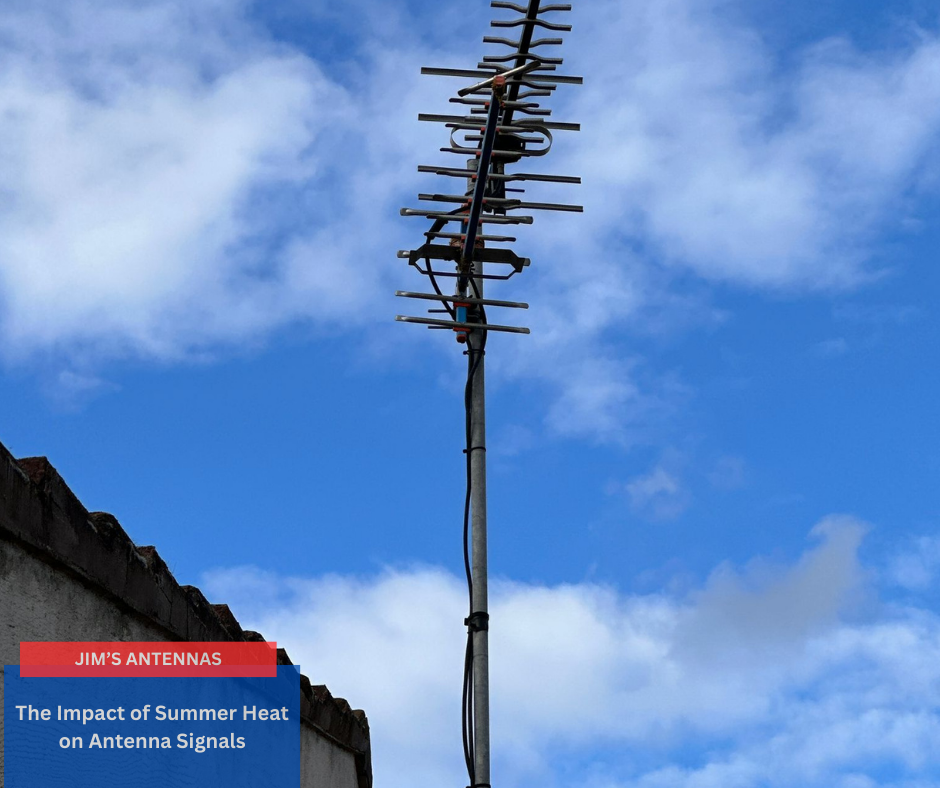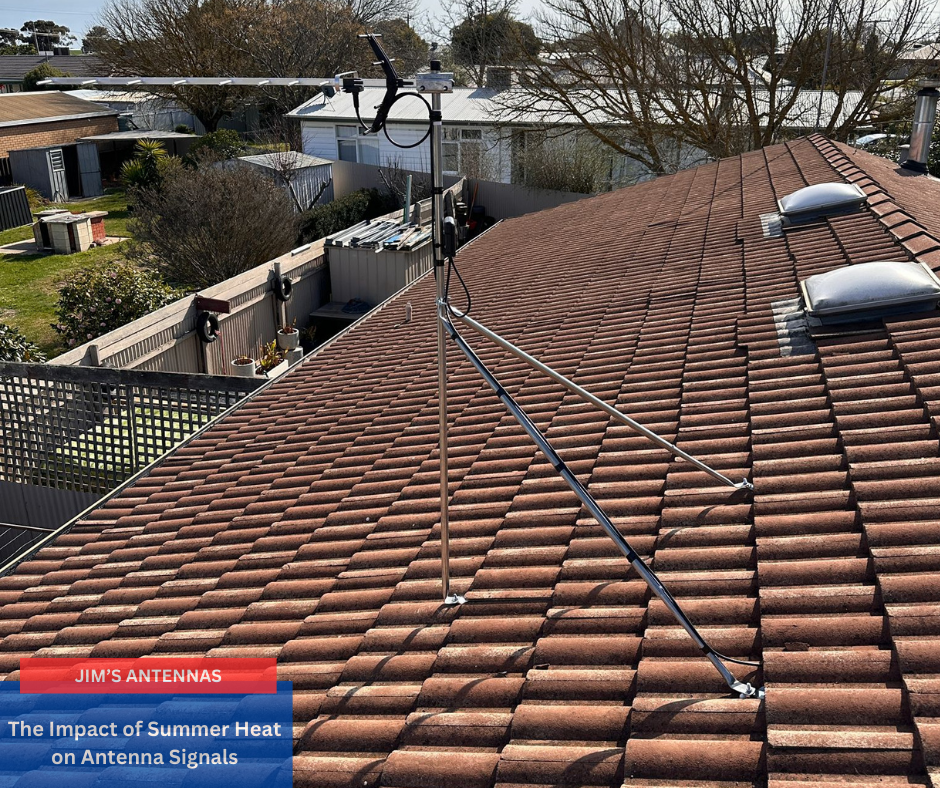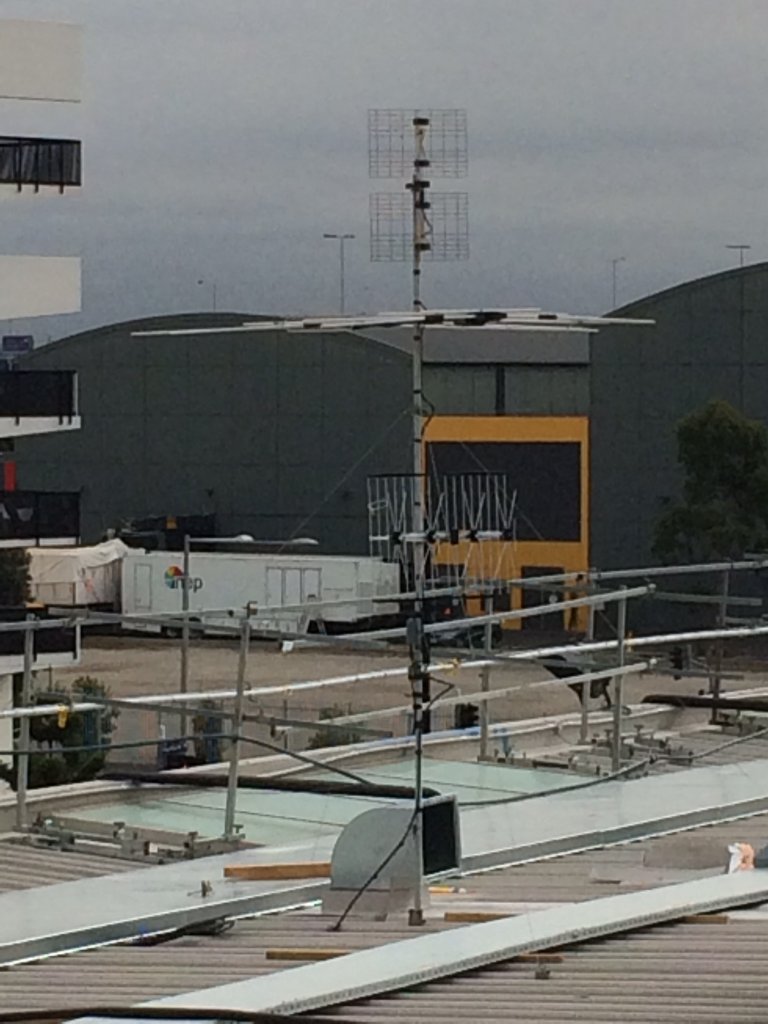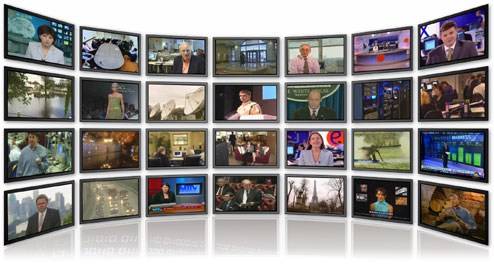How Summer Heat Affects Your TV Antenna Signals.
As we approach the warmer months, it’s important to be prepared for the impact that summer heat can have on your TV antenna signals. While it may not be summer yet, taking steps now to ensure your antenna system is in top shape will help you avoid disruptions when the temperatures rise. At Jim’s Antennas, we understand the challenges posed by summer heat and are ready to provide expert solutions to keep your TV reception clear and reliable.
The Impact of Summer Heat on Antenna Signals
Summer heat profoundly affects antenna signals due to atmospheric changes. High-pressure conditions associated with hot weather can degrade TV reception. As temperatures rise, the air at ground level cools faster than the air at higher altitudes, creating a temperature gradient. This gradient leads to a phenomenon known as tropospheric ducting.
Tropospheric ducting occurs when signals travel along the boundary between layers of hot and cold air, often resulting in interference and pixelation. Coastal areas are particularly prone to the fade effect during summer, which further exacerbates reception issues.
The Fade Effect and Humidity
Increased humidity, especially in coastal regions, exacerbates the fade effect. As temperatures climb, water vapor in the air creates higher humidity, which interferes with TV reception. This issue can affect all types of TVs, including Samsung and Sony. The combination of heat and humidity creates conditions that impair signal transmission, making it crucial to address these problems promptly.
Common Issues Due to Summer Heat
Metal Expansion
During heatwaves, antennas can weaken as metals expand, leading to deteriorated signal strength.
Magnetic Component Loss
Some antennas have magnetic components that lose effectiveness as they heat up.
Sun Overpowering Signals
Direct sunlight can overpower satellite signals when aligned, affecting reception.
Heat’s Effect on Ground-Level Signal Transmission
Beyond atmospheric phenomena, summer heat also impacts ground-level signal transmission. Heat causes signal gradients that result in signal overlap, creating interference and static. When your antenna struggles to filter out mixed signals, it leads to a degraded viewing experience.

Why Summer Heat Affects Signals More Than Winter
You might notice that signal issues are more frequent during summer than winter. This is due to warmer air being more turbulent and less stable than colder air. In winter, the cooler, more stable air allows signals to travel more efficiently, often resolving reception issues at night when temperatures drop.

The summer heat introduces specific challenges for TV antenna signals, including tropospheric ducting and the fade effect. These phenomena, combined with heat’s impact at ground level, can disrupt TV reception and cause signal interference. For expert assistance and solutions to your antenna problems, contact the team at Jim’s Antennas. We are here to help you maintain clear and reliable TV reception all year round.




